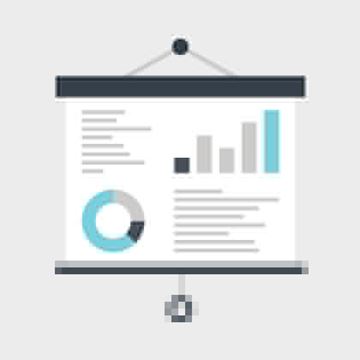Search
97287 AN IMPROVED, RAPID CORROSION RATE MEASUREMENT TECHNIQUE FOR ALL PROCESS ENVIRONMENTS
Also Purchased
97288 A CRITICAL COMPARISON OF CORROSION MONITORING TECHNIQUES USED IN INDUSTRIAL APPLICATIONS
Product Number:
51300-97288-SG
ISBN:
97288 1997 CP
$20.00
NACE Publication 05107-2007-SG, Report on Corrosion Probes in Soil or Concrete
Product Number:
24234-SG
Publication Date:
2007
$109.00
51313-02391-How Do Inhibitors Mitigate Corrosion in Oil-Water Two Phase Flow Beyond Lowering the Corrosion Rate?
Product Number:
51313-02391-SG
ISBN:
02391 2013 CP
Publication Date:
2013
$20.00




